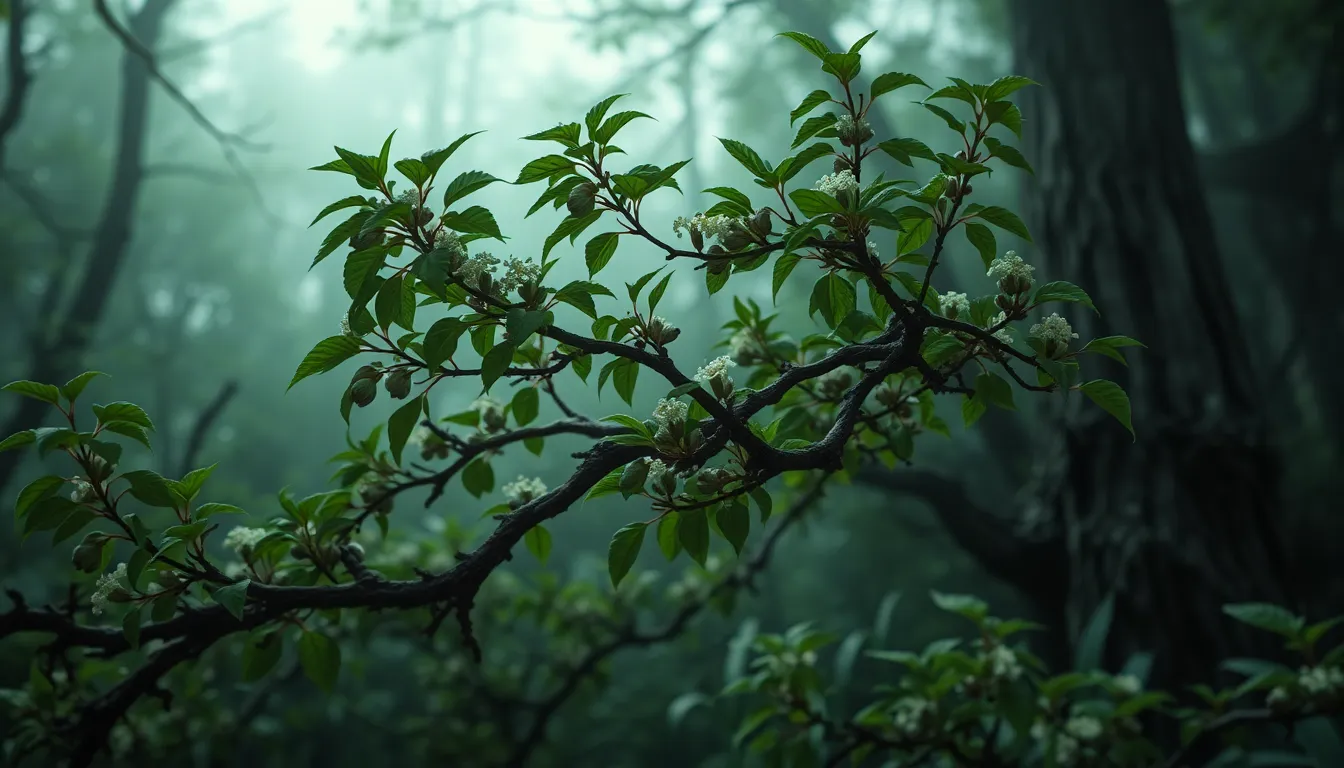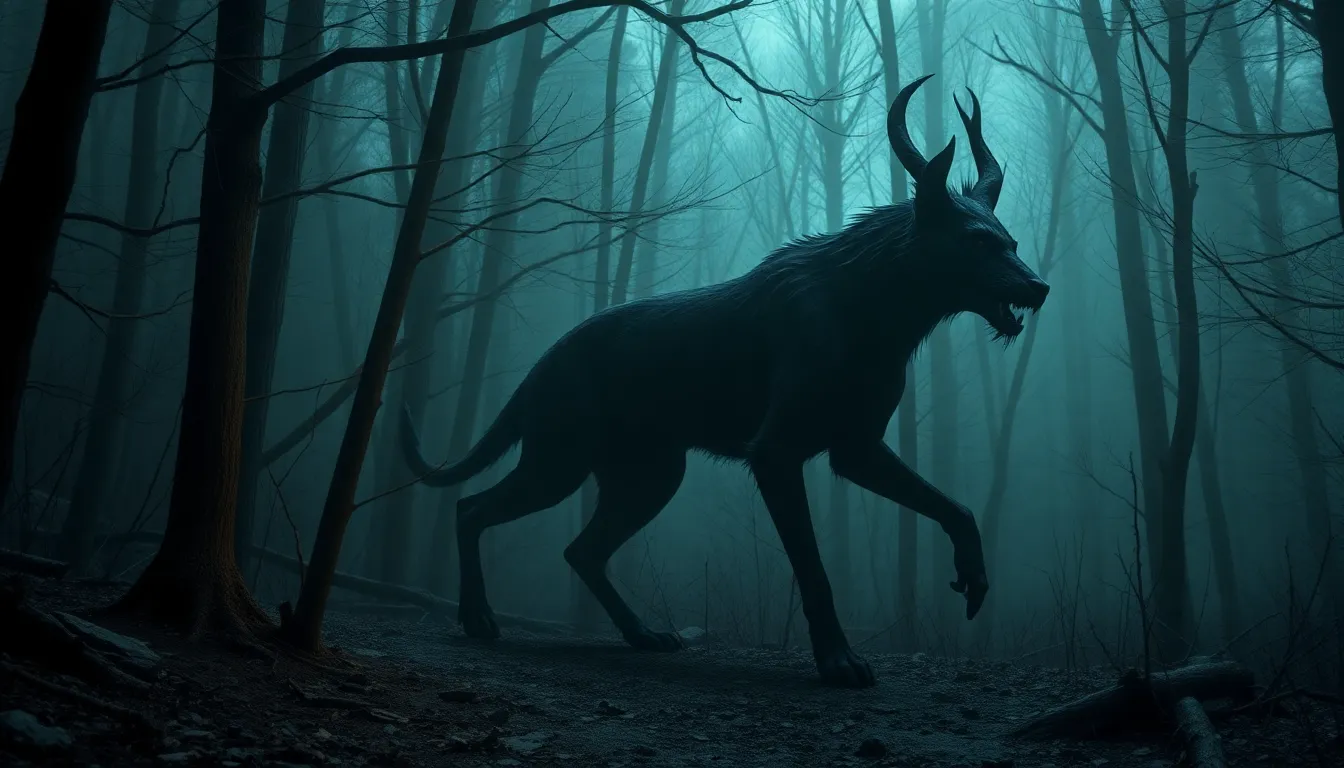The Sacred Hawthorn: Legends of Protection and Magic
Introduction to the Sacred Hawthorn
The hawthorn tree, known scientifically as Crataegus, has held a significant place in the hearts and minds of many cultures throughout history. This remarkable tree is not only valued for its striking beauty, with its delicate white blossoms and vibrant red berries, but also for its rich tapestry of lore and symbolism. From ancient civilizations to modern traditions, the hawthorn has been revered as a tree of protection, love, and magic.
Botanically, hawthorn trees are hardy deciduous plants that thrive in a variety of environments. They typically grow to heights of 15 to 30 feet, featuring thorny branches and lush green foliage. Hawthorns are found across Europe, North America, and parts of Asia, often in hedgerows and woodland edges, where they play a crucial role in local ecosystems.
Historical Significance of Hawthorn in Folklore
The historical significance of hawthorn in folklore is deeply rooted in Celtic and Norse traditions. In Celtic mythology, the hawthorn is often associated with the Otherworld, acting as a bridge between the living and the spirits. It is considered sacred, and its presence in a landscape signifies a site of divine protection.
In Norse beliefs, hawthorn was linked to the fertility goddess, Freyja, and was believed to bring blessings of love and prosperity. The tree’s blossoms, appearing in spring, were thought to herald new beginnings and were often used in wedding ceremonies to symbolize fidelity.
Hawthorn in Mythology: The Guardianship Role
Hawthorn trees have long been seen as guardians, playing a protective role in various myths. They were often planted near homes to ward off evil spirits and malevolent forces. The dense thorns of the hawthorn were believed to create a barrier against negativity, making it a popular choice for boundaries and hedges.
- Protection of Homes: In many cultures, a hawthorn planted near the doorstep was thought to keep away witches and harmful spirits.
- Symbol of Safety: The thorns were viewed as a natural defense, embodying the concept of protective magic.
The Magic of Hawthorn: Rituals and Practices
Hawthorn has been integral to numerous rituals and practices throughout history. Traditional beliefs often involved using hawthorn in charms and talismans to invoke protection and good fortune. For instance, sprigs of hawthorn were carried as protective amulets during journeys.
Seasonal festivals, such as Beltane and May Day, prominently feature hawthorn. During these events, people would decorate their homes with hawthorn blossoms, believing they would bring blessings and ward off evil spirits. The blooming of the hawthorn signifies the arrival of summer and is celebrated with various customs.
Hawthorn in Literature and Art
The portrayal of hawthorn in literature and art is as rich as its folklore. Poets and writers have long drawn upon the imagery of hawthorn to symbolize beauty, love, and the intertwining of life and death. Notable mentions of hawthorn can be found in:
- Shakespeare: In “A Midsummer Night’s Dream”, hawthorn signifies the magical and transformative qualities of nature.
- Romantic Poetry: Poets like William Wordsworth often used the hawthorn as a symbol of natural beauty and emotional depth.
Artists have similarly celebrated the hawthorn in their works, capturing its ethereal blossoms and the mystique that surrounds it.
Medicinal Properties and Uses of Hawthorn
In addition to its mystical attributes, hawthorn has been utilized for its medicinal properties for centuries. Herbalists have long recognized the health benefits of hawthorn, particularly its heart-supportive qualities. Some of the traditional medicinal uses include:
- Heart Health: Hawthorn is known to improve circulation and support cardiovascular health.
- Anxiety Relief: The calming properties of hawthorn may help alleviate symptoms of anxiety and stress.
Today, hawthorn is a popular ingredient in herbal supplements, teas, and tinctures, reflecting a growing interest in natural remedies and holistic health practices.
Environmental Significance of the Hawthorn Tree
The ecological benefits of hawthorn trees are significant, as they provide vital habitats for various species. In their native habitats, hawthorn trees support a diverse range of wildlife, including:
- Birds: The berries are a source of food for many birds, while the dense foliage offers nesting sites.
- Insects: Hawthorn flowers attract bees and other pollinators, playing a crucial role in the ecosystem.
Moreover, hawthorn trees are instrumental in maintaining soil health and preventing erosion, making them an essential component of their native ecosystems.
Contemporary Interpretations of Hawthorn Legends
In recent years, modern spirituality and neo-paganism have embraced hawthorn lore, integrating its symbolism into contemporary practices. Many practitioners celebrate the tree as a sacred symbol, using its branches and flowers in rituals and ceremonies. The resurgence of interest in traditional practices, such as herbalism and nature-based spirituality, has brought the hawthorn back into the spotlight.
Workshops, community gatherings, and festivals dedicated to the hawthorn are becoming increasingly popular, fostering a connection to heritage and the natural world.
Challenges and Conservation of Hawthorn Species
Despite its revered status, hawthorn species face several challenges today, including habitat loss, disease, and climate change. These threats have led to a decline in hawthorn populations in certain regions.
Conservation efforts are crucial to preserving this sacred tree and its ecological role. Initiatives may include:
- Habitat Restoration: Replanting and protecting hawthorn in its native habitats.
- Public Awareness: Educating communities about the importance of hawthorn and promoting its preservation.
Conclusion: The Enduring Legacy of the Sacred Hawthorn
The enduring legacy of the sacred hawthorn is a testament to its deep-rooted significance in human culture. From its rich folklore to its medicinal properties and ecological importance, the hawthorn continues to inspire and protect. As we move forward, it is vital to honor and safeguard this remarkable tree, ensuring that its heritage and magic are preserved for future generations.



